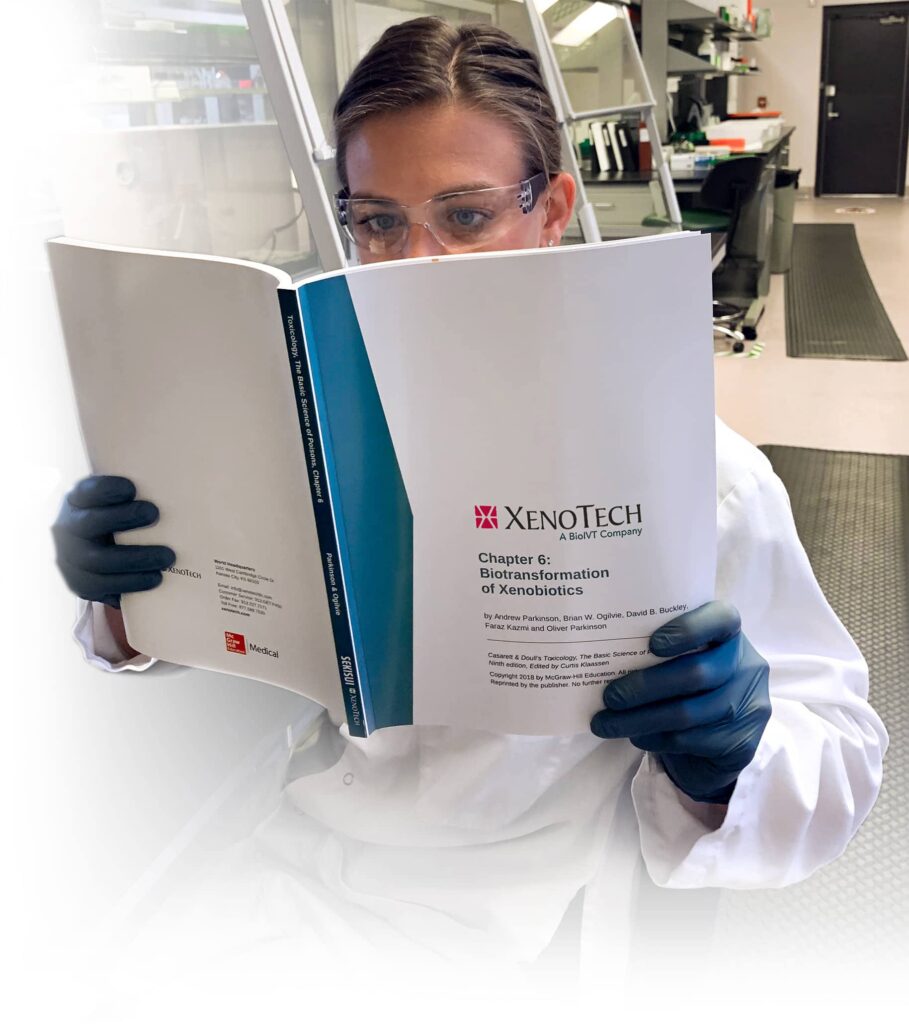
In vitro evaluation suggests fenfluramine and norfenfluramine are unlikely to act as perpetrators of drug interactions
Parthena Martin, Maciej Czerwiński, Pallavi B. Limaye, Brian W. Ogilvie, Steven Smith, Brooks Boyd
Abstract
Studies support the safety and efficacy of fenfluramine (FFA) as an antiseizure medication (ASM) in Dravet syndrome, Lennox-Gastaut syndrome, or CDKL5 deficiency disorder, all pharmacoresistant developmental and epileptic encephalopathies. However, drug–drug interactions with FFA in multi-ASM regimens have not been fully investigated. We characterized the perpetrator potential of FFA and its active metabolite, norfenfluramine (nFFA), in vitro by assessing cytochrome P450 (CYP450) inhibition in human liver microsomes, CYP450 induction in cultured human hepatocytes, and drug transporter inhibition potential in permeability or cellular uptake assays.
Mean plasma unbound fraction was ~50% for both FFA and nFFA, with no apparent concentration dependence. FFA and nFFA were direct in vitro inhibitors of CYP2D6 (IC50, 4.7 and 16 µM, respectively) but did not substantially inhibit CYP1A2, CYP2B6, CYP2C8, CYP2C9, CYP2C19, or CYP3A4/5. No time- or metabolism-dependent CYP450 inhibition occurred. FFA and nFFA did not induce CYP1A2; both induced CYP2B6 (up to 2.8-fold and up to 2.0-fold, respectively) and CYP3A4 (1.9- to 3.0-fold and 3.6- to 4.8-fold, respectively). Mechanistic static pharmacokinetic models predicted that neither CYP450 inhibition nor induction was likely to be clinically relevant at doses typically used for seizure reduction (ratio of area under curve [AUCR] for inhibition <1.25; AUCR for induction >0.8). Transporters OCT2 and MATE1 were inhibited by FFA (IC50, 19.8 and 9.0 μM) and nFFA (IC50, 5.2 and 4.6 μM) at concentrations higher than clinically achievable; remaining transporters were not inhibited. Results suggest that FFA and nFFA are unlikely drug–drug interaction perpetrators at clinically relevant doses of FFA (0.2−0.7 mg/kg/day).